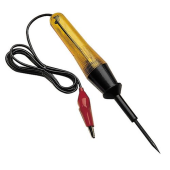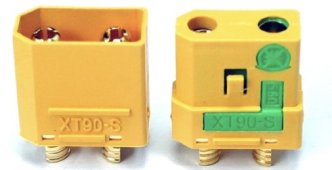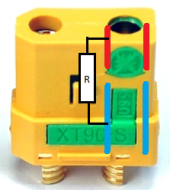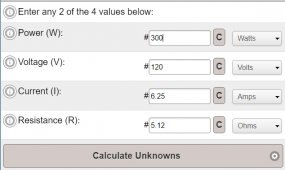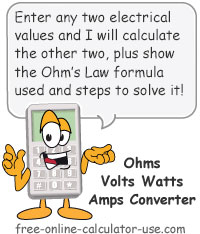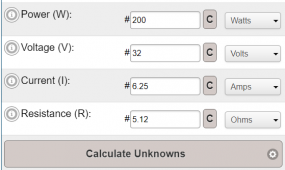pellicle
retired ex-professional dingbat
when I attach an inverter (turned off, unloaded) to my battery system there is an inevitable inrush of voltage to fill the capacitor. I wonder what is the best way to do this and reduce this spark. I've read of people using a 0.1Ohm resistor, which I assume is sufficient to slow it down. Before I get one, does anyone have any views on a 1ohm wirewound resistor for this task? (cheaper than a 0.1 ohm)
My intention is to make the connection using the resistor as a "probe" then follow through with the actual connector in short order.
Thanks
My intention is to make the connection using the resistor as a "probe" then follow through with the actual connector in short order.
Thanks



